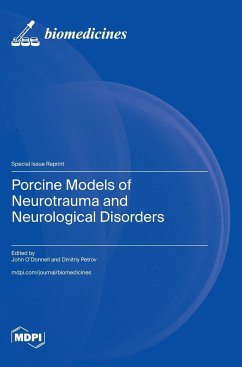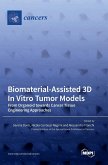The translation of therapeutics from the lab to the clinic has a dismal record in the fields of neurotrauma and neurological disorders. This is due, in part, to the challenging heterogeneity of the clinical population common to all translational research, but it is also due to the unique challenges of recreating the mechanisms and manifestations of human neurological injury/disorders in small animals. Large animal models are an essential component of successful pipelines for moving discoveries from bench to bedside in other fields (e.g., exploring device or therapeutic scale-up and/or IND/IDE enabling studies), and neuroscience has made significant progress toward establishing such pipelines in its many unique subfields. Due to their size, gyrencephalic brains, high white matter content, and other factors, swine have proven to be ideal for providing high-fidelity, clinically relevant studies to bridge the gap between small animals and humans. Only by recognizing the strengths and limitations of our models can we hope to effectively develop, validate, and translate novel neuroprotective and regenerative therapeutics into clinical practice, in order to maximize functional recovery. Herein, we provide detailed descriptions of and findings from some of the sophisticated swine model systems that have been developed to empower translational research in neurotrauma and neurological disorders.








